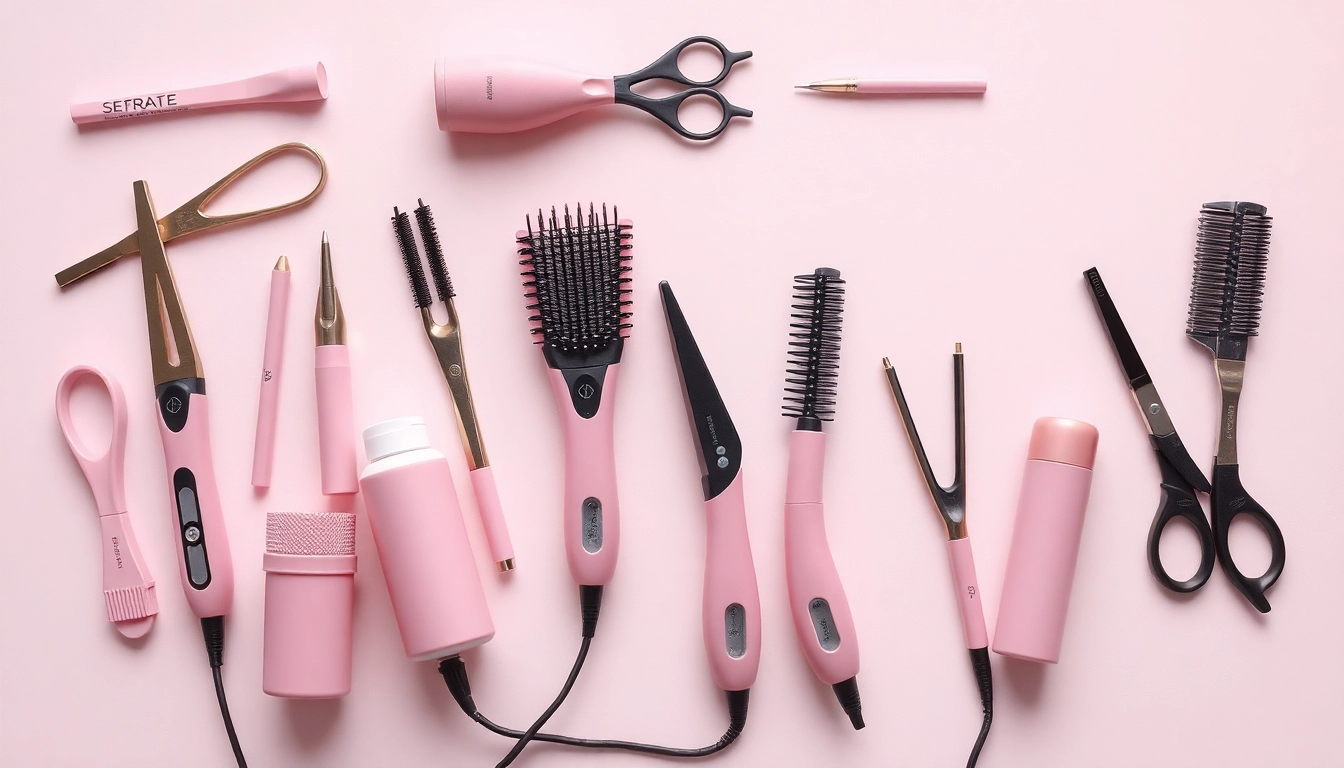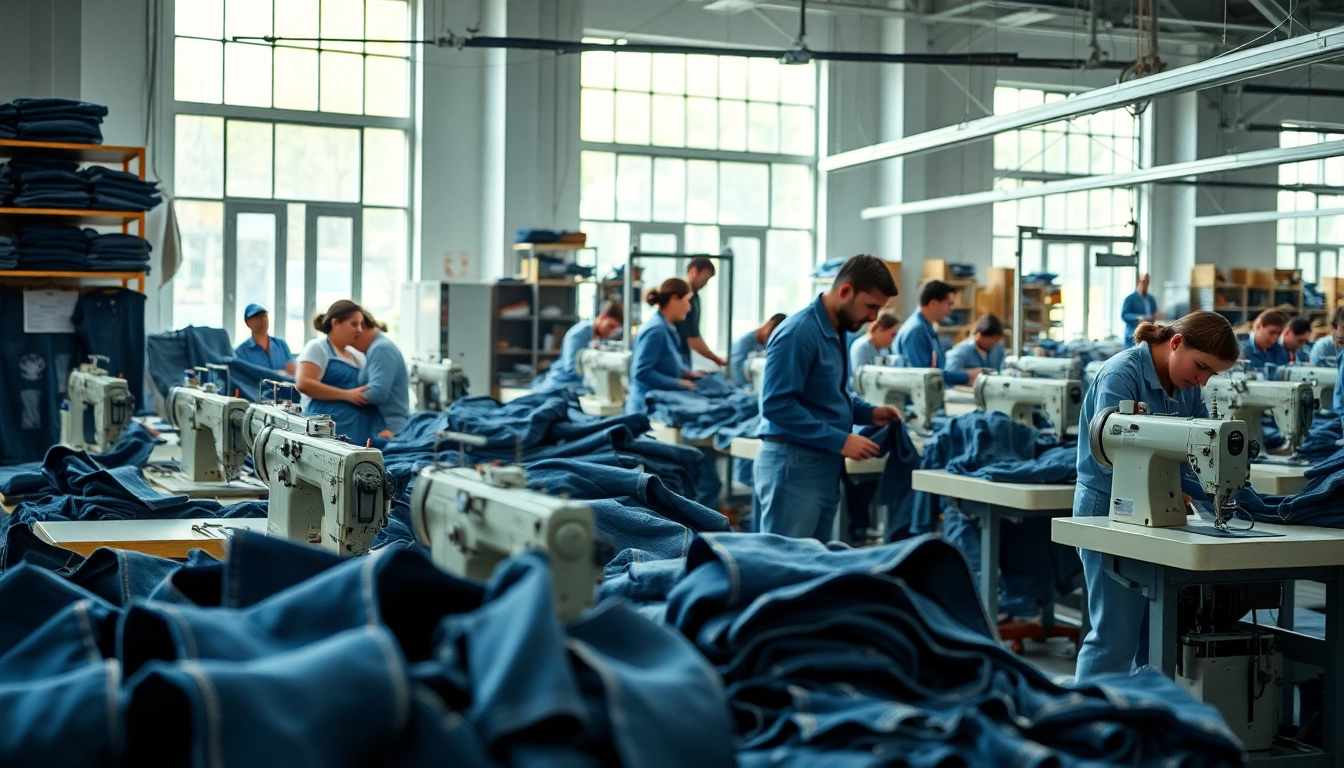The Importance of Baby Onesies
As a parent or caregiver, ensuring your little one’s comfort and well-being is a top priority. One of the most versatile and essential clothing items in a baby’s wardrobe is the Baby onesie. This snug garment not only keeps babies warm but also provides ease of dressing and diaper changes. Given the significance of a Baby onesie in infant care, understanding its benefits, materials, designs, and care tips can help you make informed decisions in your purchasing journey.
What is a Baby Onesie?
A baby onesie is a one-piece garment designed for infants and young children. Typically made with a soft, stretchable fabric, a Baby onesie covers the torso and often has snaps or buttons at the crotch for easy diaper access. The design is usually short or long-sleeved, ensuring that babies are cozy and comfortable through various temperatures and activities.
Benefits of Using Baby Onesies
The benefits of a Baby onesie extend far beyond comfort. Some notable advantages include:
- Ease of Dressing: Onesies make dressing babies easy and less time-consuming. Parents can quickly put a Baby onesie on their infants, thanks to the open design.
- Comfortable Fit: Crafted from soft, stretchable materials, baby onesies move with the child, minimizing discomfort during play or sleep.
- Convenient Diaper Changes: With snap closures at the crotch, parents can easily change a diaper without having to undress the whole outfit.
- Versatile Fashion: Baby onesies come in a myriad of styles and colors, allowing for personal expression in your infant’s wardrobe.
- Layering Options: They can be worn alone in warm weather or layered under other clothing during colder months.
When to Start Using Baby Onesies
In general, you can start using Baby onesies from the moment your baby is born. Infants require breathable and comfortable clothing, and onesies fit this need perfectly. Newborns can benefit from the ease of dressing provided by the one-piece design, which simplifies the daily routines of bathing and dressing.
Baby Onesie Material Types
The choice of material for a Baby onesie greatly affects comfort, durability, and safety. Understanding different fabric options can help you choose the best for your baby.
Cotton Baby Onesies Advantages
Cotton is one of the most popular materials for baby clothing due to its several advantages:
- Softness: Cotton is incredibly gentle against a baby’s sensitive skin, reducing the risk of irritation or rashes.
- Breathability: The natural fibers of cotton allow air circulation, helping to regulate your baby’s body temperature.
- Durability: Cotton can withstand numerous washes, making cotton Baby onesies a strong long-term investment.
- Hypoallergenic: Cotton is less likely to cause allergic reactions, making it suitable for babies with sensitive skin.
Organic Materials for Baby Onesies
In recent years, organic materials have gained attention for their environmental benefits and improved safety. Choosing organic cotton means:
- Chemical-Free: Organic fabrics are grown without harmful pesticides or chemicals, making them safer for your baby’s skin and the environment.
- Eco-Friendly: The production of organic materials uses less water and has a lower carbon footprint, contributing positively to sustainability.
Choosing Appropriate Fabric for Baby Onesies
When selecting a Baby onesie, consider the following fabrics beyond cotton:
- Bamboo: A natural alternative that is incredibly soft, moisture-wicking, and hypoallergenic.
- Modal: Derived from beech trees, modal is known for its silky finish and breathability.
- Wool: Merino wool, in particular, is temperature-regulating and safe for babies, making it fantastic for colder climates.
Styles and Designs of Baby Onesies
A Baby onesie is available in countless styles and designs, catering to varying personal tastes and seasonal transitions.
Popular Designs for Baby Onesies
Some popular designs include:
- Graphic Prints: Cute images or slogans can express personality and style.
- Plain Colors: Timeless, versatile options that are easy to mix and match.
- Patterns: From stripes to polka dots, patterns can be fun and visually stimulating for infants.
Seasonal Baby Onesie Options
Consider the climate when choosing a Baby onesie:
- Summer Styles: Opt for short sleeves and lightweight fabrics that allow for breathability.
- Winter Styles: Long sleeves with thicker fabrics or layering options are ideal for warmth and comfort.
Trendy Patterns and Colors for Baby Onesies
Staying up-to-date with color trends can help keep your baby’s wardrobe fresh. Neutral colors continue to be popular, but pastel hues and vibrant primary colors can also make an impression. Furthermore, animal prints, floral patterns, and even themed clothing based on seasons or holidays can add charm and creativity to your baby’s attire.
How to Care for Baby Onesies
Proper care helps maintain the appearance and longevity of Baby onesies. Follow these tips for optimal maintenance.
Washing Instructions for Baby Onesies
To keep your baby onesies in top condition, follow these washing instructions:
- Use cold water for washing to prevent shrinkage and fading.
- Opt for a gentle cycle to minimize wear and tear on the fabric.
- Choose a mild, hypoallergenic detergent free from harsh chemicals.
Stain Removal Tips for Baby Onesies
Babies are prone to spills and messes, so it’s essential to deal with stains promptly. For stubborn stains:
- Pre-treat stains with a small amount of detergent or a stain remover before washing.
- Avoid using bleach, as it can damage fabric and irritate your baby’s skin.
- For organic fabrics, ensure that any stain removal method is eco-friendly.
Storage Tips for Baby Onesies
Proper storage can prevent clothes from becoming wrinkled or damaged. Consider these tips:
- Always fold or hang onesies in a clean, dry area to minimize dust accumulation.
- Avoid leaving them in direct sunlight for extended periods to prevent fading.
- Organize by size or season to make it easy to locate the right onesie when needed.
Buying Guide for Baby Onesies
Knowing where and what to look for can make finding the perfect Baby onesie much easier. Here’s a guide to help ensure you make quality purchases.
Where to Shop for Baby Onesies
Baby onesies can be found at various retail outlets, including department stores, baby specialty shops, and online retailers. Each location offers different selections and price points, so explore multiple options for the best deal.
Affordable Options for Baby Onesies
For budget-conscious parents, consider shopping during sales or looking for multipacks that offer better value. Thrift stores and consignment shops are also great ways to acquire gently used items at reduced prices.
What to Look for When Purchasing Baby Onesies
When it comes to buying a Baby onesie, prioritize the following factors:
- Size: Ensure you select the correct size so that your baby has room to grow.
- Closure Type: Decide between snap, button, or Zipper closures based on your preference.
- Material Quality: Always inspect fabric quality to ensure comfort, durability, and safety.
- Care Instructions: Choose onesies that are easy to care for to simplify laundry routines.
In conclusion, a Baby onesie is more than just clothing; it’s a vehicle for comfort, safety, and convenience for you and your little one. By understanding its importance, selecting the right material and design, properly caring for it, and knowing how to shop effectively, you can make the best choices for your baby’s wardrobe. This knowledge allows you to embrace the joys and challenges of parenting with confidence.




